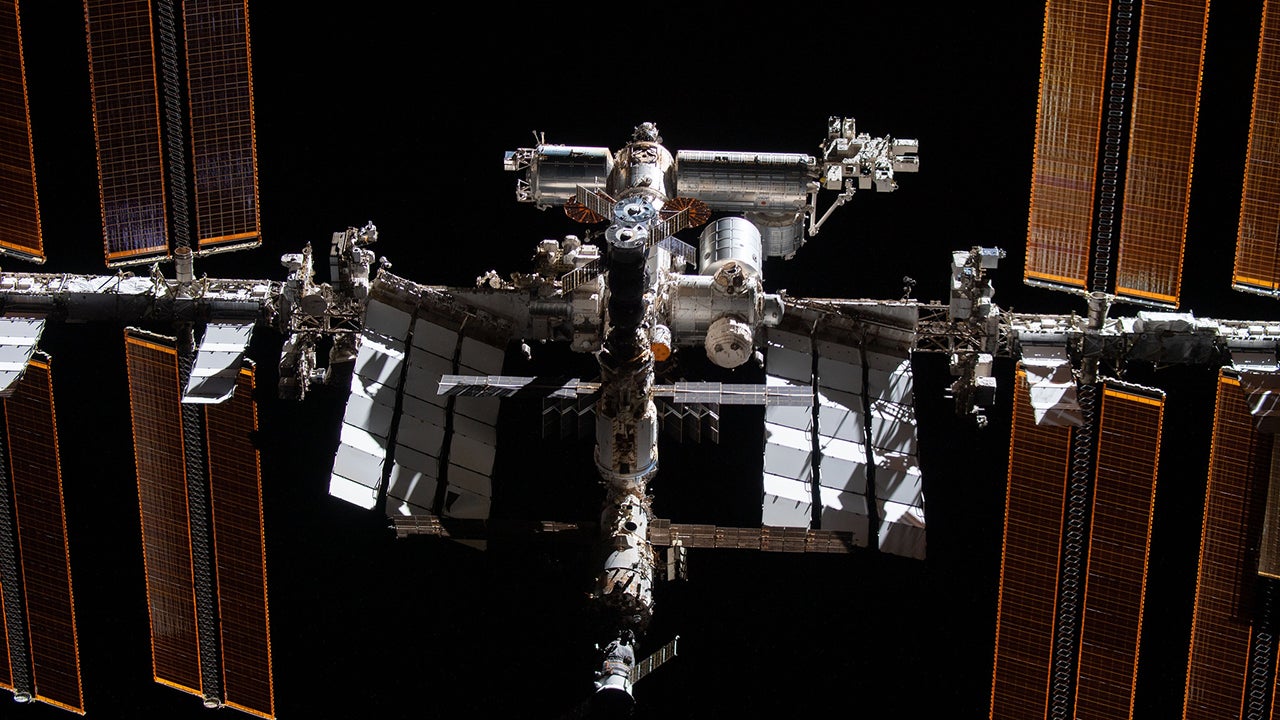NASA has confirmed that a chunk of space debris that smashed through the roof of a Florida family’s home last month originated from the International Space Station (ISS), which is currently orbiting Earth at a height of roughly 250 nautical miles above the planet's surface.
The object struck Florida resident Alejandro Otero’s Naples home on March 8, with enough force to rip a hole in the roof, before tearing into the floor below. As reported by WINK News, Otero's son was the only person at home when the cylindrical piece of debris — which the family believed to be from space — fell to Earth.
“It was a tremendous sound, it almost hit my son, he was two rooms over and heard it all,” Otero told WINK News at the time of the incident. “I was shaking. Completely in disbelief. What are the chances of something landing on my house with such force to cause so much damage? I’m super grateful [that] nobody got hurt.”
Earlier this week, NASA announced that it had concluded its investigation into the mysterious object recovered from the Florida home, and was able to confirm its point of origin to be the International Space Station (ISS). According to NASA, the offending hardware had been part of a cargo pallet containing spent nickel hydride batteries that was cast off into space back in March 2021, following an upgrade to the aging space station’s power system.
NASA had expected the 5,800 lb hunk of debris to be immolated during its March 8 high-speed re-entry through Earth’s atmosphere. However, a roughly 4-inch-long, 1.6 lb section of the metal alloy pallet was able to survive the fiery descent, only to crash directly through the roof and top floor of the Florida home, with devastating force.
Orbital debris poses an ever increasing risk to spacecraft and satellites operating in low-Earth orbit - including the ISS. However it is extremely rare for chunks of old rockets or spacecraft to fall to Earth in a way that poses a threat to human life. Most small pieces of debris simply burn up in the atmosphere, or, in the case of missions where return debris is unavoidable, are directed to fall into uninhabited regions, such as the Atlantic or Pacific ocean.
NASA has since re-affirmed its commitment to reducing the public risk from falling space debris, and has announced that the ISS will undertake a detailed jettison and re-entry analysis to discover how their predictions fell short.
Image credit: NASA/SpaceX
Anthony is a freelance contributor covering science and video gaming news for IGN. He has over eight years experience of covering breaking developments in multiple scientific fields and absolutely no time for your shenanigans. Follow him on Twitter @BeardConGamer





